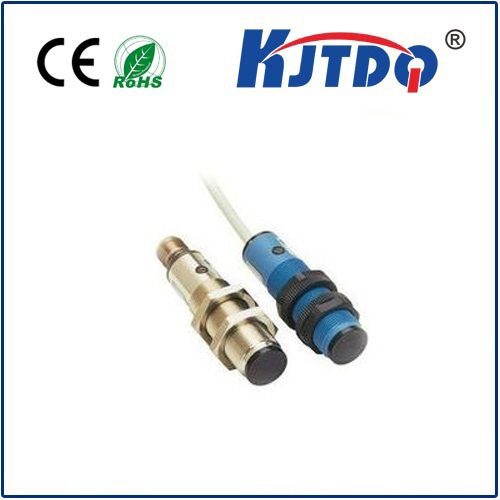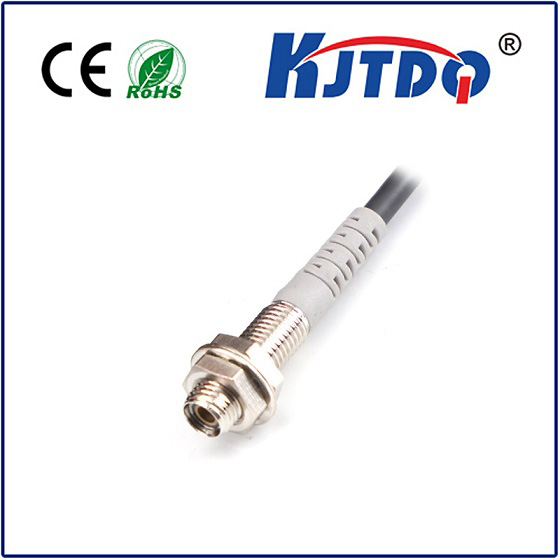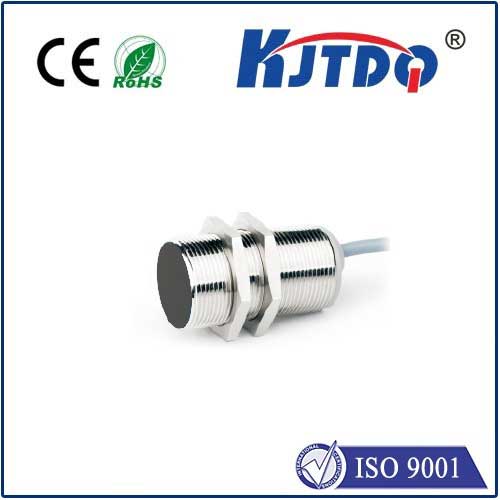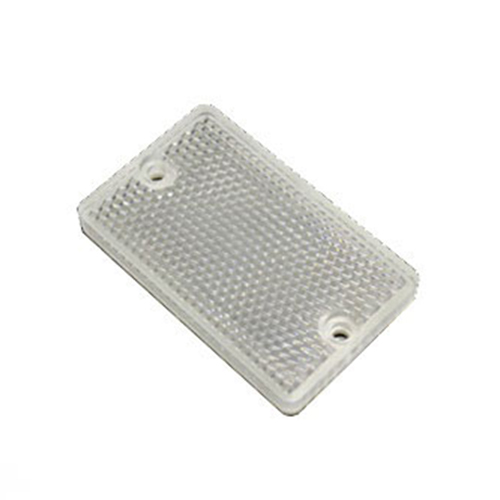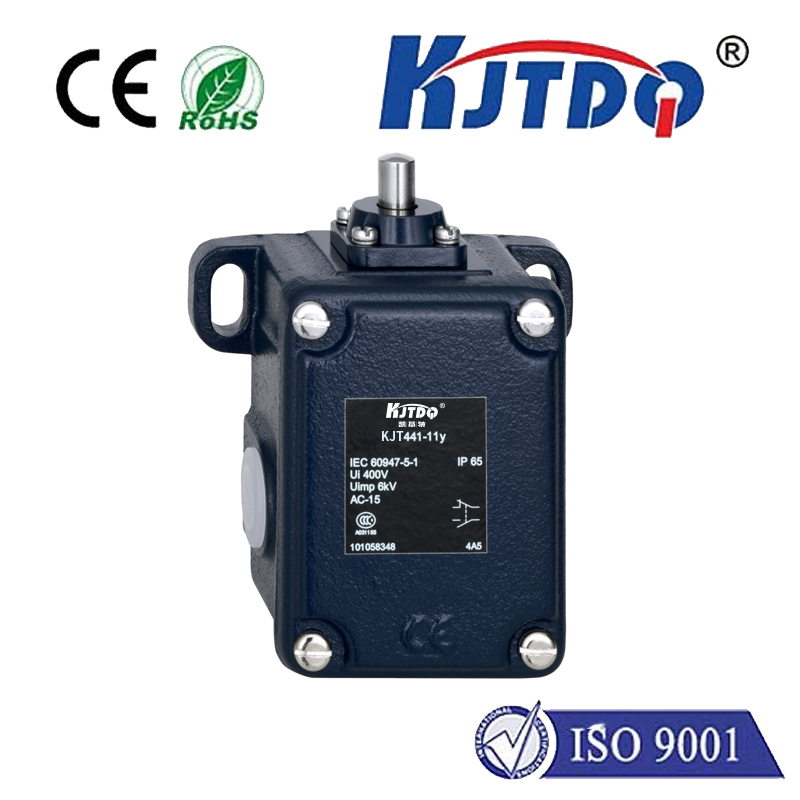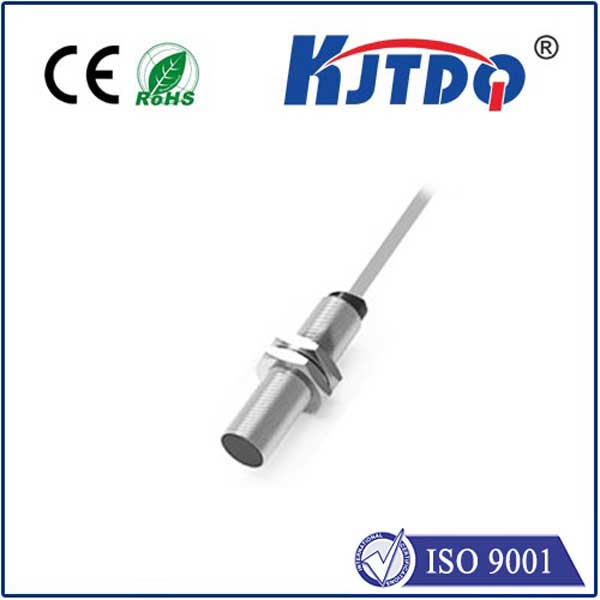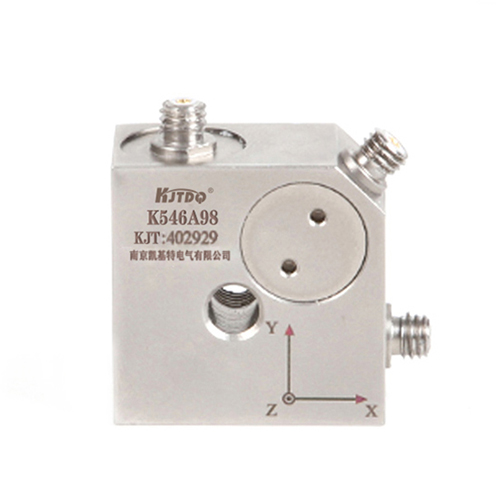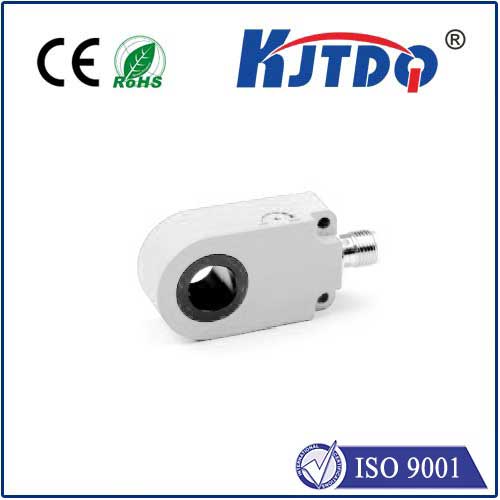pepperl fuchs inductive sensor
- time:2025-07-04 01:18:49
- Click:0
Pepperl+Fuchs Inductive Sensors: The Unseen Sentinels Powering Industrial Automation
Imagine a factory humming with activity: robotic arms welding car frames, conveyor belts whisking packages, filling machines bottling beverages. Now, picture the billions of critical decisions made every second to ensure this intricate dance runs smoothly, safely, and efficiently. Hidden from plain sight, performing reliably in demanding environments, are the unsung heroes enabling this precision: Pepperl+Fuchs inductive sensors.
More than just simple switches, these robust devices are fundamental components in the industrial automation landscape. They provide the essential non-contact detection of metallic objects – presence, absence, position, or speed – that forms the bedrock of countless control systems. When reliability, durability, and precision are non-negotiable, engineers worldwide turn to Pepperl+Fuchs, a name synonymous with innovation and quality in industrial sensor technology.
Understanding the Core Technology: Sensing Without Touch
At their heart, inductive proximity sensors operate on a simple yet elegant physical principle: electromagnetic induction. The sensor generates an oscillating electromagnetic field via a coil. When a metallic target (like steel, aluminum, brass, or copper) enters this field, eddy currents are induced within the target material. These eddy currents absorb energy from the sensor’s coil, causing a measurable change in the field’s characteristics – its amplitude or frequency. The sensor’s integrated electronics detect this change and trigger an output signal, typically switching an internal solid-state transistor (PNP or NPN). Crucially, this happens without physical contact, eliminating wear and tear and enabling detection through certain non-metallic barriers.

This inherent non-contact nature makes them ideal for harsh industrial settings:
- Resilience: Impervious to dust, dirt, oil, grease, vibration, and moisture (often achieving IP67, IP68, or IP69K ratings).
- Speed: Capable of detecting objects at exceptionally high frequencies – thousands of times per second.
- Durability: No moving parts translates to exceptionally long service life and minimal maintenance.
- Versatility: Detect a wide range of metallic objects regardless of surface properties (within specification).
Why Pepperl+Fuchs Leads the Inductive Sensor Market
While the underlying physics is universal, the specific design, materials, electronics, and manufacturing quality distinguish Pepperl+Fuchs inductive sensors. Here’s why they are often the preferred choice:
- Unmatched Ruggedness & Reliability: Engineered from the ground up for industrial extremes. Robust housings (often nickel-plated brass or stainless steel), hermetically sealed electronics, and rigorous quality control ensure performance in environments with shock, vibration, extreme temperatures, washdown procedures, and exposure to aggressive chemicals. Long-term stability and consistent switching points are paramount.
- Precision Engineering: Offering exceptional repeat accuracy and minimal hysteresis. This precision is critical for positioning tasks, high-speed counting, and ensuring machines operate within tight tolerances.
- Comprehensive Range: Pepperl+Fuchs boasts an extensive portfolio catering to virtually every application need:
- Miniature Sensors: For space-constrained installations where every millimeter counts.
- Cylindrical Sensors (M-series etc.): The ubiquitous workhorse, available in various diameters and lengths.
- Rectangular Sensors: Offer larger sensing distances and robust mounting options.
- Factor 1 Sensors: Detect all metals (ferrous and non-ferrous) at their nominal sensing distance – a significant advantage where target material varies.
- Shielded vs. Unshielded: Shielded sensors can be mounted flush in metal, unshielded offer longer sensing ranges.
- High-Temperature Sensors: Designed specifically for foundries, kilns, or engine compartments.
- Welding-Robust Sensors: Shielded against intense electromagnetic interference from welding currents.
- Analog Output Sensors: Provide continuous distance measurement, not just on/off switching.
- IO-Link Enabled Sensors: The next evolution, offering digital communication for parameter setting, diagnostics, and process value transmission – key enablers for Industry 4.0 and smart factories. (Key Feature: IO-Link Integration)
- Enhanced Features: Beyond basic detection, many models include:
- Programmable Outputs: Simplify replacement and configuration (e.g., teach-in functions).
- Short-Circuit & Reverse Polarity Protection: Essential safeguards against wiring errors.
- Bright LED Status Indicators: Simplify commissioning and troubleshooting.
- Wide Operating Voltage Ranges: Accommodating different control systems.
- Global Support & Expertise: Pepperl+Fuchs provides extensive technical documentation, configuration tools, and a global support network, ensuring engineers can select, install, and maintain sensors effectively.
Key Applications Across Industries
The reliability and versatility of Pepperl+Fuchs inductive sensors make them indispensable across diverse sectors:
- Automotive Manufacturing: Position verification of parts on assembly lines, end-of-stroke detection for robots and presses, presence detection in welding cells, pallet tracking.
- Packaging Machinery: Bottle/can/carton presence detection on conveyors, fill level control, cap detection, turret position control, label verification.
- Material Handling: Detecting pallets, totes, and products on conveyors (including chain conveyors), position control in automated storage systems, safety guarding.
- Food & Beverage Processing: Monitoring positions in filling, capping, and labeling machines, detecting metallic contaminants (key safety application), presence detection in hygienic washdown environments (requiring specific certifications like EHEDG or FDA-compliant materials).
- Metalworking/Stamping: Tool breakage detection, part positioning on presses, end-of-stroke sensing, detecting metal slugs.
- Machine Tool: Tool changer position, chuck clamping confirmation, coolant level monitoring (using float targets), spindle orientation. (Key Strength: Rugged Industrial Environments)
The Future is Smart and Connected
While traditional switching sensors remain vital, the trend is towards intelligent sensing. Pepperl+Fuchs is at the forefront with its IO-Link inductive sensors. This open standard communication protocol transforms a simple sensor into a smart device:
- Remote Parameterization: Adjust settings (sensing distance, output behavior) remotely without physical access.
- Diagnostics & Predictive Maintenance: Receive status information, operating hours, temperature data, and warnings before failure occurs.
- Process Value Transmission: Analog sensors can send exact distance measurements digitally, improving control possibilities.
- Simplified Wiring: Reduced cabling complexity compared to multi-wire analog signals.
Choosing the Right Sensor: Key Considerations
Selecting the optimal Pepperl+Fuchs inductive sensor involves evaluating:
- Target Material: Ferrous steel, non-ferrous metal (like aluminum), or mixed? (Dictates Factor 1 or standard type).
- Required Sensing Distance: Nominal sensing distance (Sn) needed, considering installation tolerances and target size.
- Mounting Constraints: Space limitations? Need for flush or non-flush mounting? (Shielded vs Unshielded).
- Environmental Conditions: Temperature extremes, chemicals, washdown pressure, welding fields?
- Electrical Requirements: Supply voltage (e.g., 10-30V DC), output type (PNP, NPN, analog, IO-Link), cable length.
- Special Features: Needed IO-Link? High-speed switching? Analog output?






